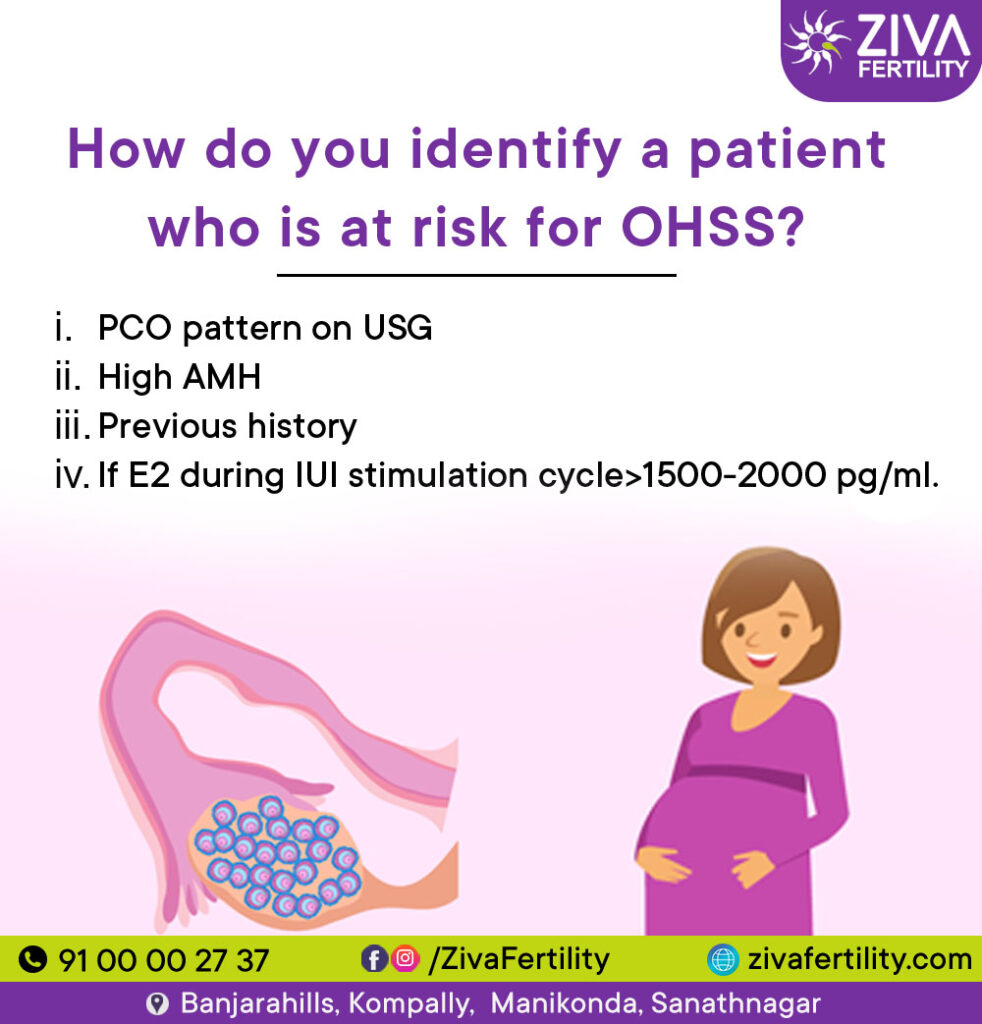Ovarian Hyperstimulation Syndrome (OHSS) is a potentially serious complication in fertility treatments, particularly in women undergoing ovulation induction. Early identification of high-risk patients is crucial for safe and successful reproductive care.

What Is OHSS?
OHSS occurs when the ovaries become swollen and painful due to excessive stimulation. This is most common after treatments such as in vitro fertilization (IVF) or intrauterine insemination (IUI), where hormonal medications are used to trigger ovulation.
Who Is at Risk? Key Indicators
Polycystic Ovarian (PCO) Pattern on Ultrasound
Patients who show a PCO pattern on ultrasound—characterized by multiple small follicles and enlarged ovarian volume—have a markedly higher chance of developing OHSS. This is often seen in women with Polycystic Ovary Syndrome (PCOS).
High Anti-Müllerian Hormone (AMH) Levels
High AMH levels, usually greater than 3.4 ng/ml, suggest an increased ovarian reserve. While favorable for fertility, it also signals a higher risk for OHSS in response to stimulation.
Previous History of OHSS
Patients with a prior episode of OHSS remain at increased risk in all subsequent cycles. Reviewing medical records and past treatments is essential to determine if risk is elevated.
Elevated Estradiol (E2) During Stimulation
An E2 (estradiol) level over 1500–2000 pg/ml during an IUI stimulation cycle is a warning sign. A rapid rise in E2, especially with many growing follicles, should prompt clinicians to intervene early.
Clinical Checklist for Early OHSS Identification
- Assess ovarian appearance on baseline ultrasound.
- Check serum AMH before starting stimulation.
- Document any previous OHSS episodes.
- Monitor E2 levels closely during stimulation and adjust medications as needed.
Conclusion:
Recognizing the early warning signs of OHSS helps clinicians proactively adjust treatment, lowering the chance of developing severe complications. By using a combination of ultrasound, hormone testing, and patient history, fertility specialists can provide safer, more personalized care for those most at risk.
